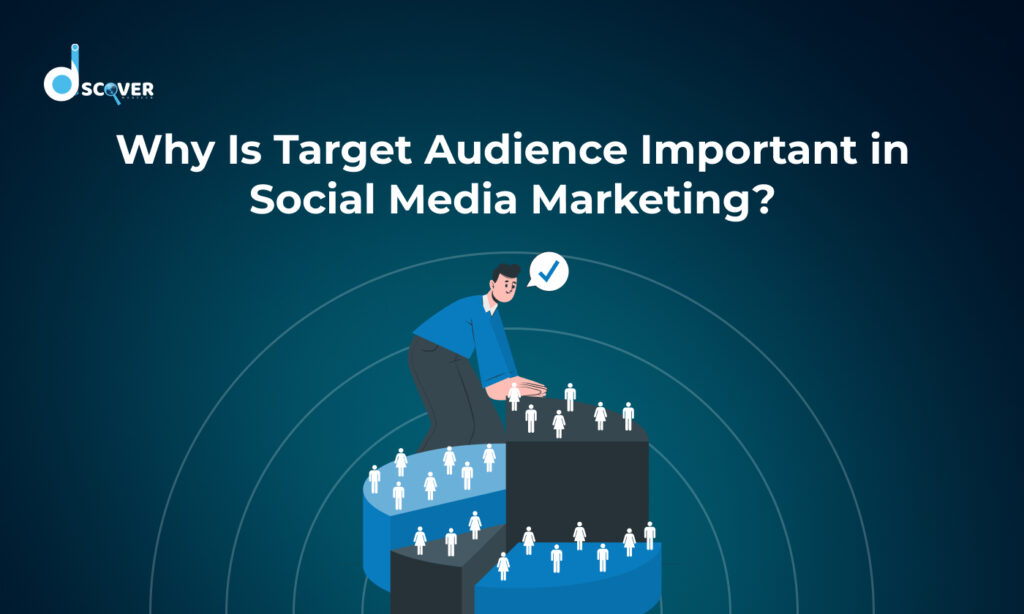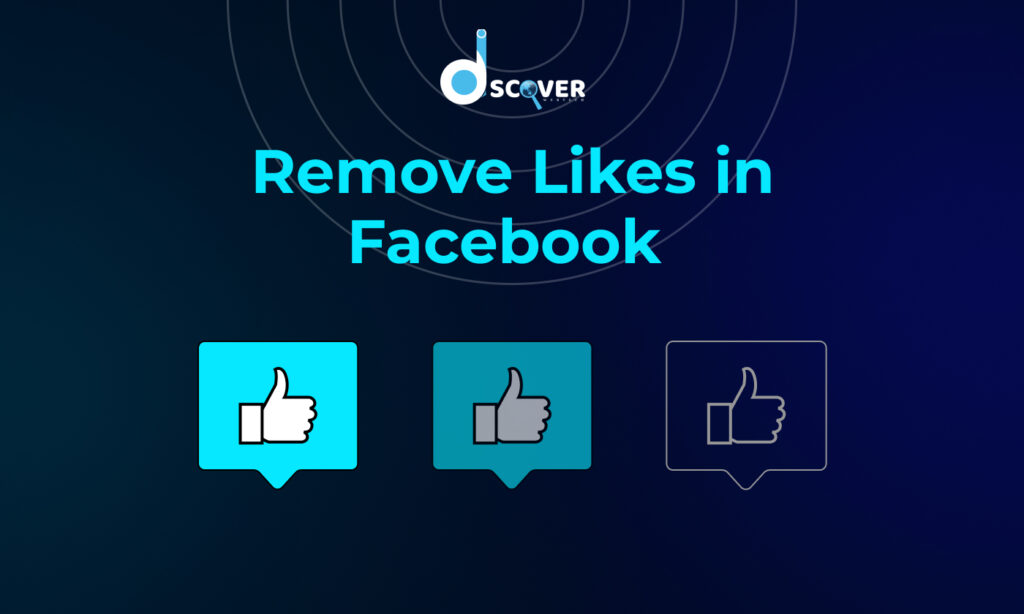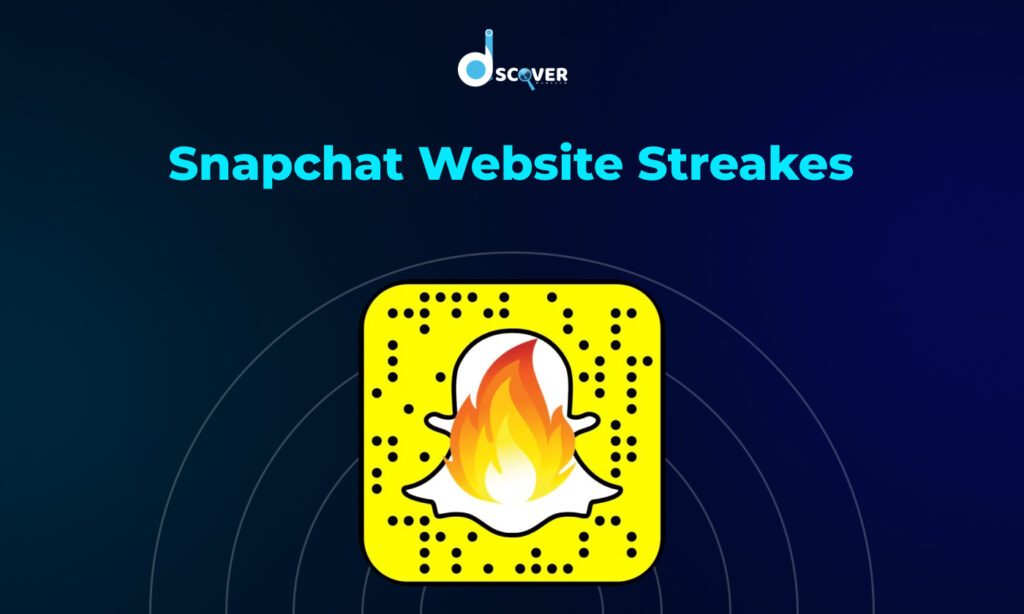
If you’re putting tons of effort into social media but not seeing results, the issue might be simple: you’re talking to the wrong people. Understanding why is target audience important can change everything for your social media strategy. In this blog, you’ll learn how to define your audience, analyze it, and create content that actually connects.
You can have amazing visuals, great captions, and the best timing—but if your posts don’t reach the right people, your efforts go to waste. According to social media experts, knowing why is target audience important means recognizing that success on social media comes from talking to the right people, not just everyone.
Let’s dive into how defining your audience helps drive more clicks, likes, and conversions.
What Is a Target Audience in Social Media Marketing?
A target audience is a specific group of people who are most likely to engage with or buy your product. In social media, it’s about finding those who would truly relate to your content and messaging.
Now let’s clear up a common confusion: target audience vs target market.
- Target Market: A broad group of people who might be interested in your brand.
- Target Audience: A narrower, specific group you want to reach with a particular campaign.
For example, your target market could be “women aged 25-40,” but your target audience for a campaign could be “working moms aged 30-35 who shop online.”
Why Is Target Audience Important for Social Media Success?
Understanding why is target audience important boils down to four key benefits:
- You can create personalized content that your audience actually cares about.
- You use your time and money wisely by speaking only to people who matter.
- You get better engagement—more likes, comments, and shares.
- You increase conversions, whether that means sales, signups, or clicks.
Let’s say you sell eco-friendly water bottles. If your posts reach an audience that values sustainability, your message will hit home. But if it goes to random users, they’ll just scroll past.
Understanding Different Types of Target Audience
Not all audiences are the same. Here are the most common types of target audience you should know:
- Demographic: Age, gender, income, education level
- Psychographic: Lifestyle, interests, values
- Behavioral: Buying patterns, product usage, brand loyalty
- Geographic: Where your audience lives, from cities to countries
Knowing these helps you craft specific messages for each segment.
Target Audience Analysis: How to Get It Right
If you’re serious about growth, you need to master target audience analysis. Here’s how:
- Use Analytics Tools: Platforms like Meta’s Audience Insights or Google Analytics can show you age, gender, location, and behavior data.
- Run Surveys: Ask your customers directly about their preferences and habits.
- Check Out Competitors: Look at who engages with their posts and how.
- Do Social Listening: Monitor conversations around your brand or industry using tools like Hootsuite or Mention.
These methods help you really get to know your audience—so you can talk to them, not at them.
Target Market and Target Audience: Why Both Matter
Both target market and target audience are important, and here’s why.
Your target market gives you the big picture—who your brand is for overall. Your target audience, on the other hand, helps you get specific. This allows you to create campaigns that are laser-focused.
For example, a sports brand might have a target market of athletes. But one campaign could focus on high school basketball players (a target audience) and another on marathon runners.
Which Targeting Option Is Best for Achieving Brand Awareness?
Great question. When you’re just starting or launching something new, brand awareness is key. So which targeting option is best for achieving brand awareness?
- Interest-Based Targeting: Target users based on what they like and follow.
- Lookalike Audiences: Reach people similar to your existing customers.
- Demographic Targeting: Select based on age, gender, and education.
- Broad Targeting: Sometimes, casting a wider net is useful to gather data.
Platforms like Meta and LinkedIn offer these options. Start broad, then narrow based on what works best.
How to Target Audience in Digital Marketing (Especially on Social Media)
Let’s now look at how to target audience in digital marketing, with a focus on social media.
- Choose the Right Platform: Gen Z lives on TikTok, professionals use LinkedIn, and millennials love Instagram. Pick based on where your audience hangs out.
- Use Ad Tools: Facebook Ads Manager and Google Ads offer advanced targeting.
- Create Audience-Specific Content: Don’t use the same message for every platform or group.
- Retarget Interested Users: Show ads to people who have interacted with your brand before.
The more you learn about your audience, the more precise your content and ads can be.
What Is the Best Target Audience for Your Brand?
Now you’re probably wondering, what is the best target audience for your business?
Here’s the truth: the best audience is the one that resonates most with your brand’s values, voice, and product offerings. To find them:
- Analyze your existing customers: Who buys from you most?
- Test different segments: Try targeting different groups and measure performance.
- Align with your brand mission: Who benefits most from what you offer?
It’s all about quality over quantity. A small, engaged audience is way better than a large, uninterested one.
Final Thoughts: Understanding Your Audience = Social Media Success
By now, you know exactly why is target audience important. When you understand who you’re talking to, your content becomes more powerful, your ads perform better, and your brand grows faster.
Don’t try to please everyone. Focus on your people—your true audience. Learn about them, listen to them, and speak directly to them. That’s how you win on social media.
Contact us to know more about our Digital Marketing Services
Check out our latest blog on “How to Create a Google Ads Campaign: Step-by-Step Guide for Beginners”


